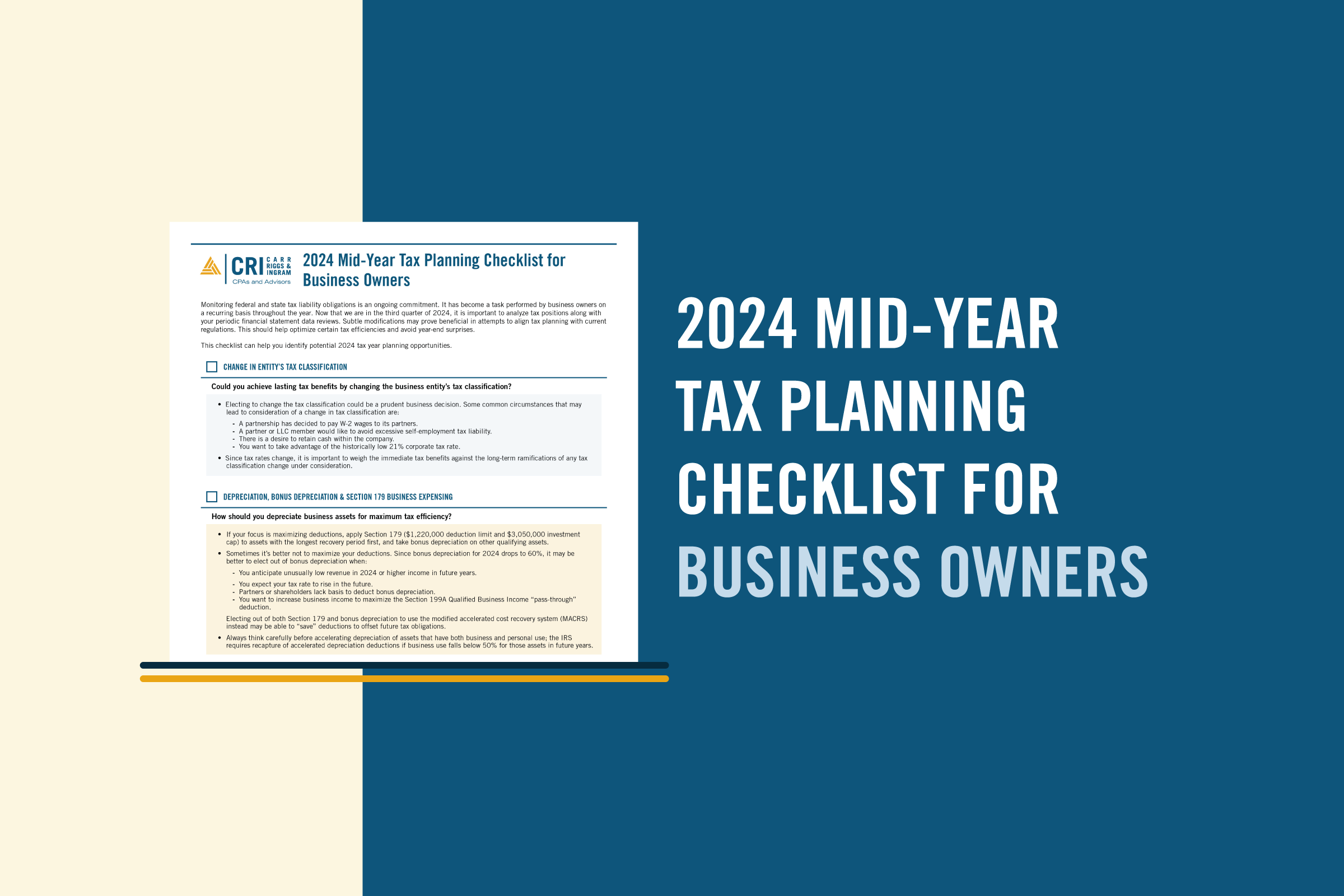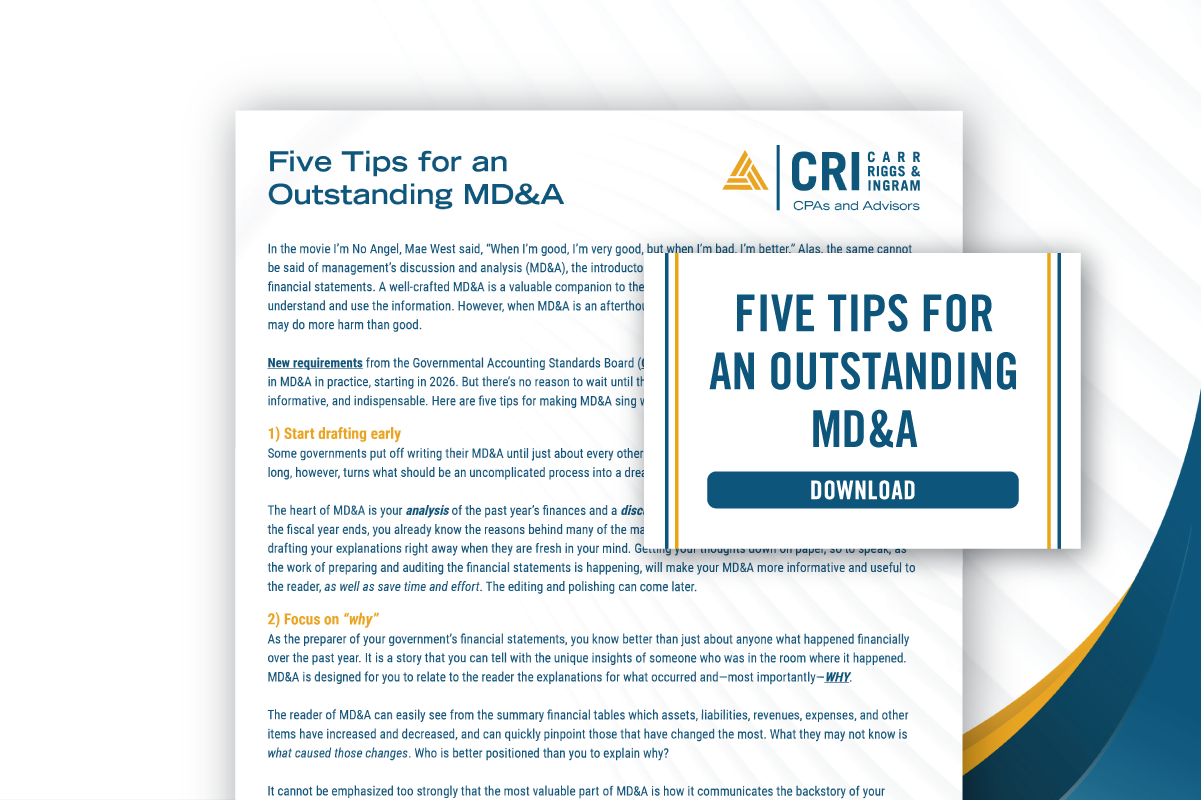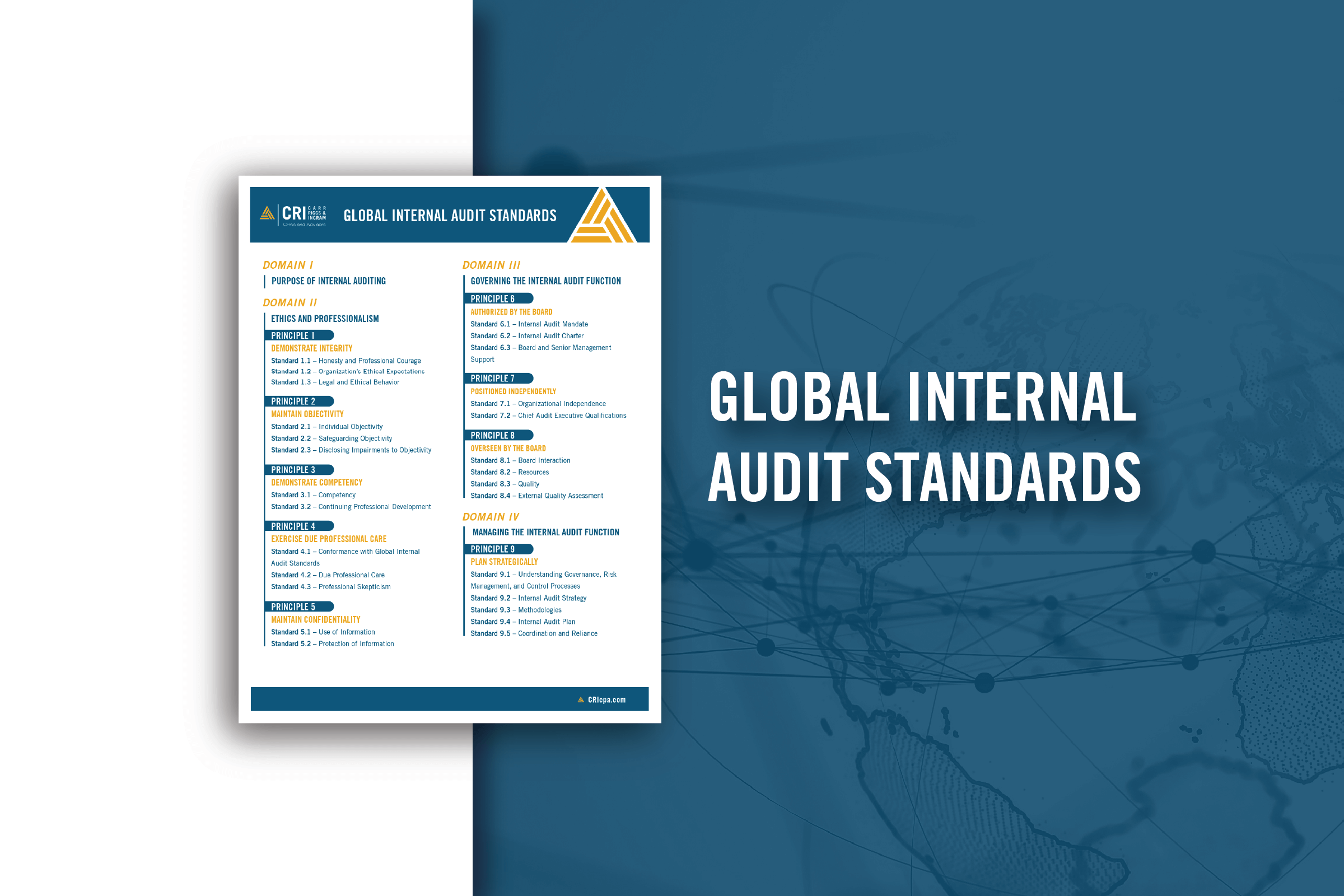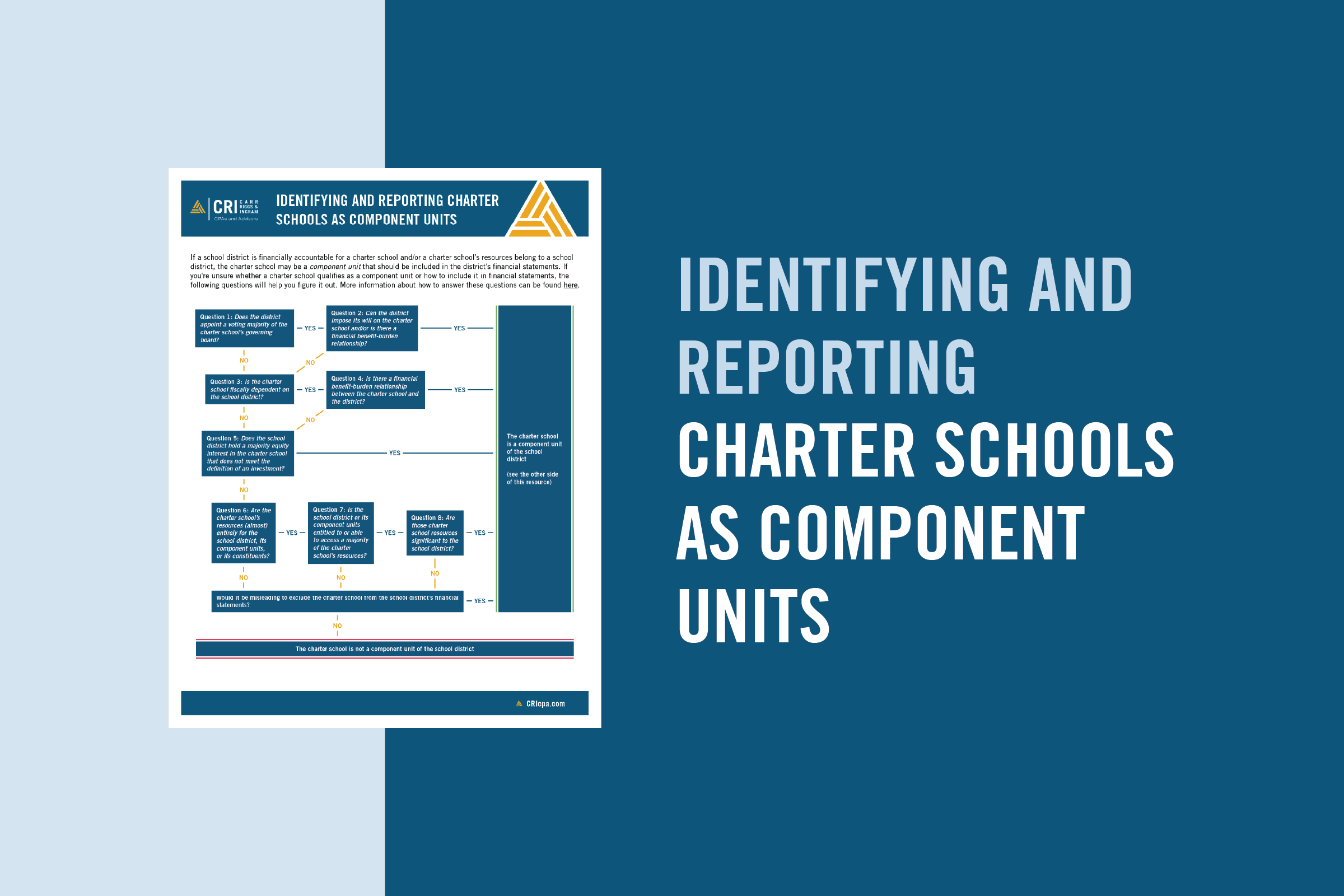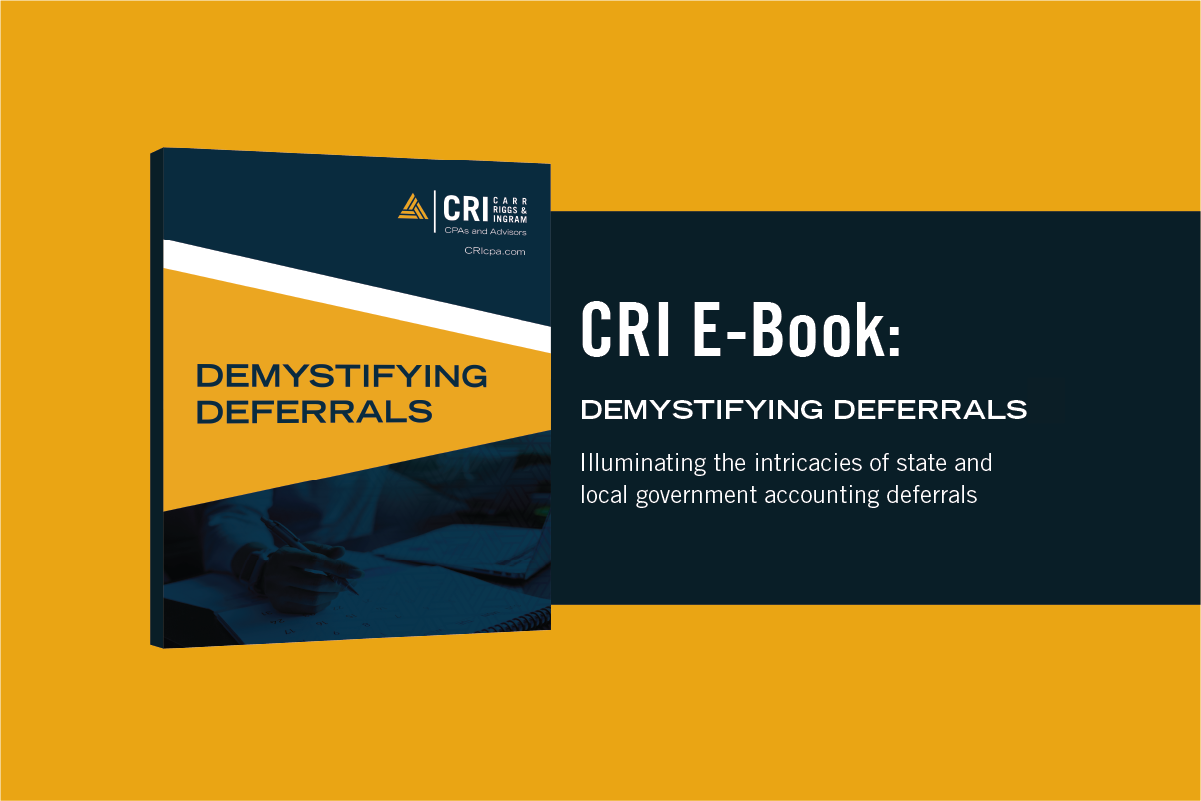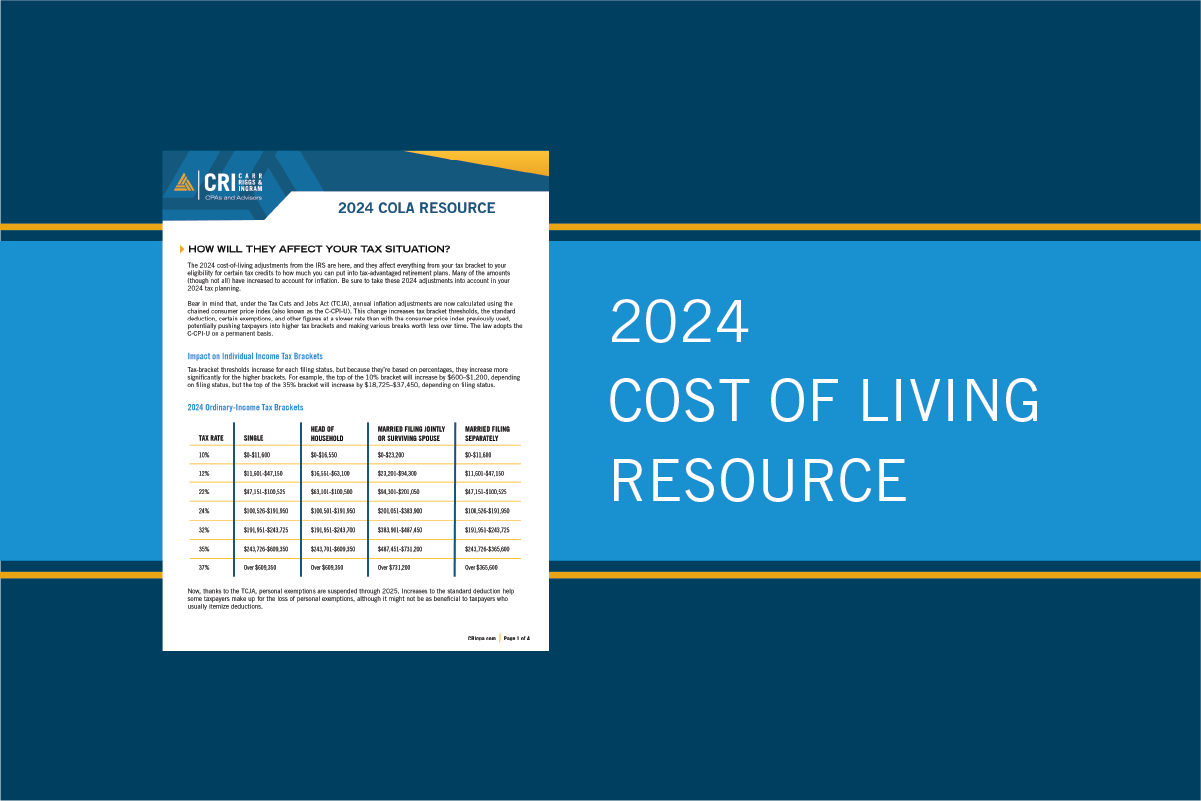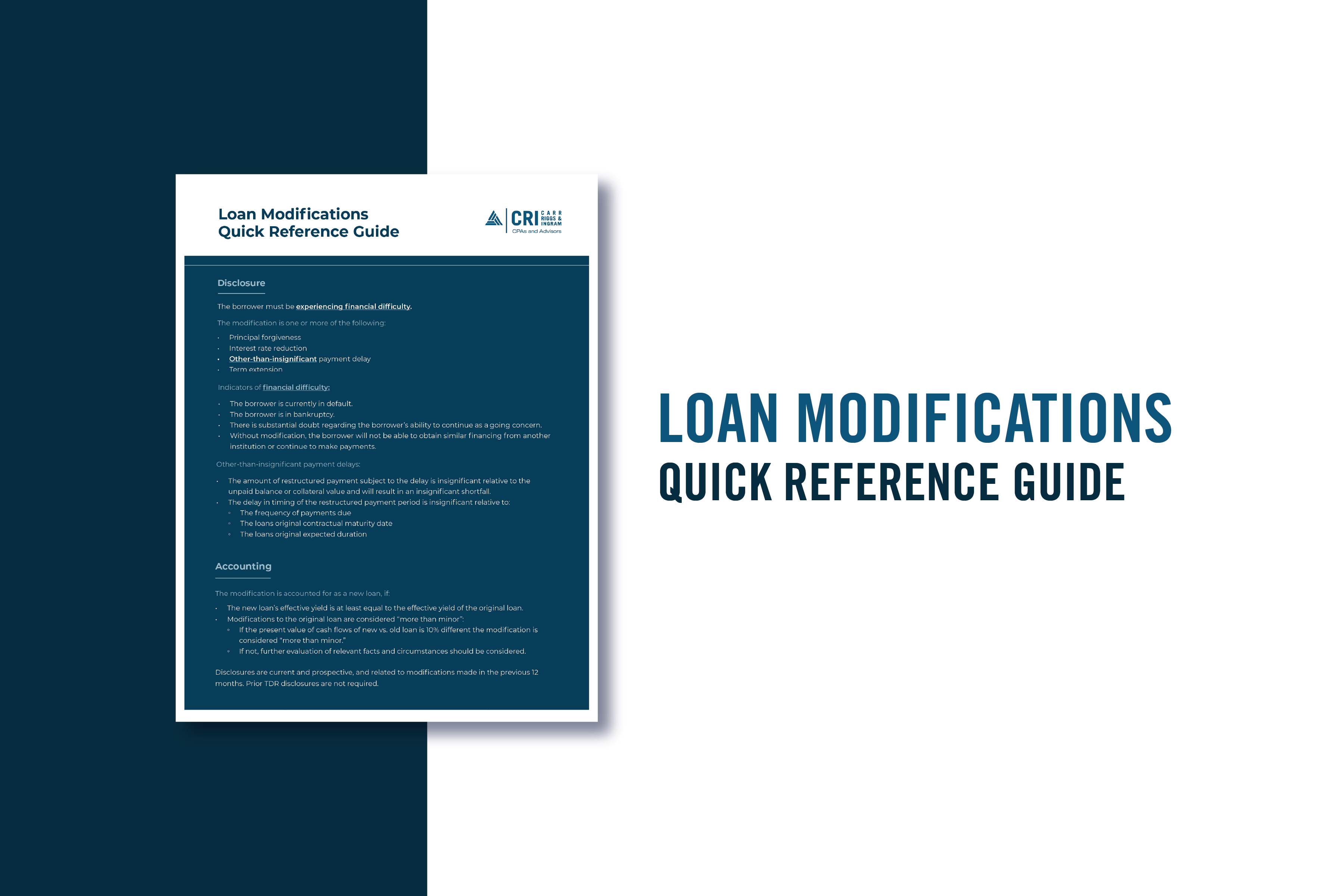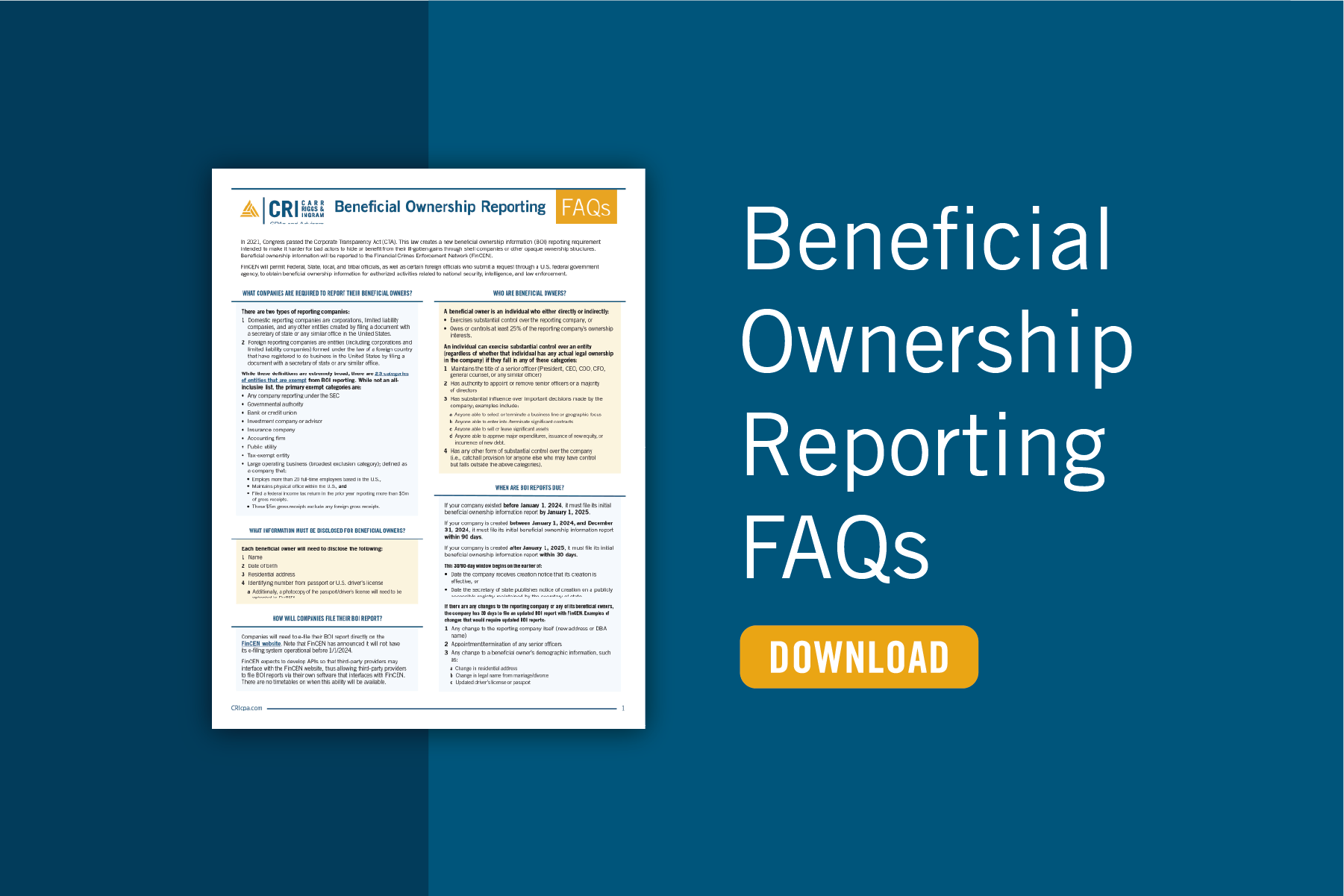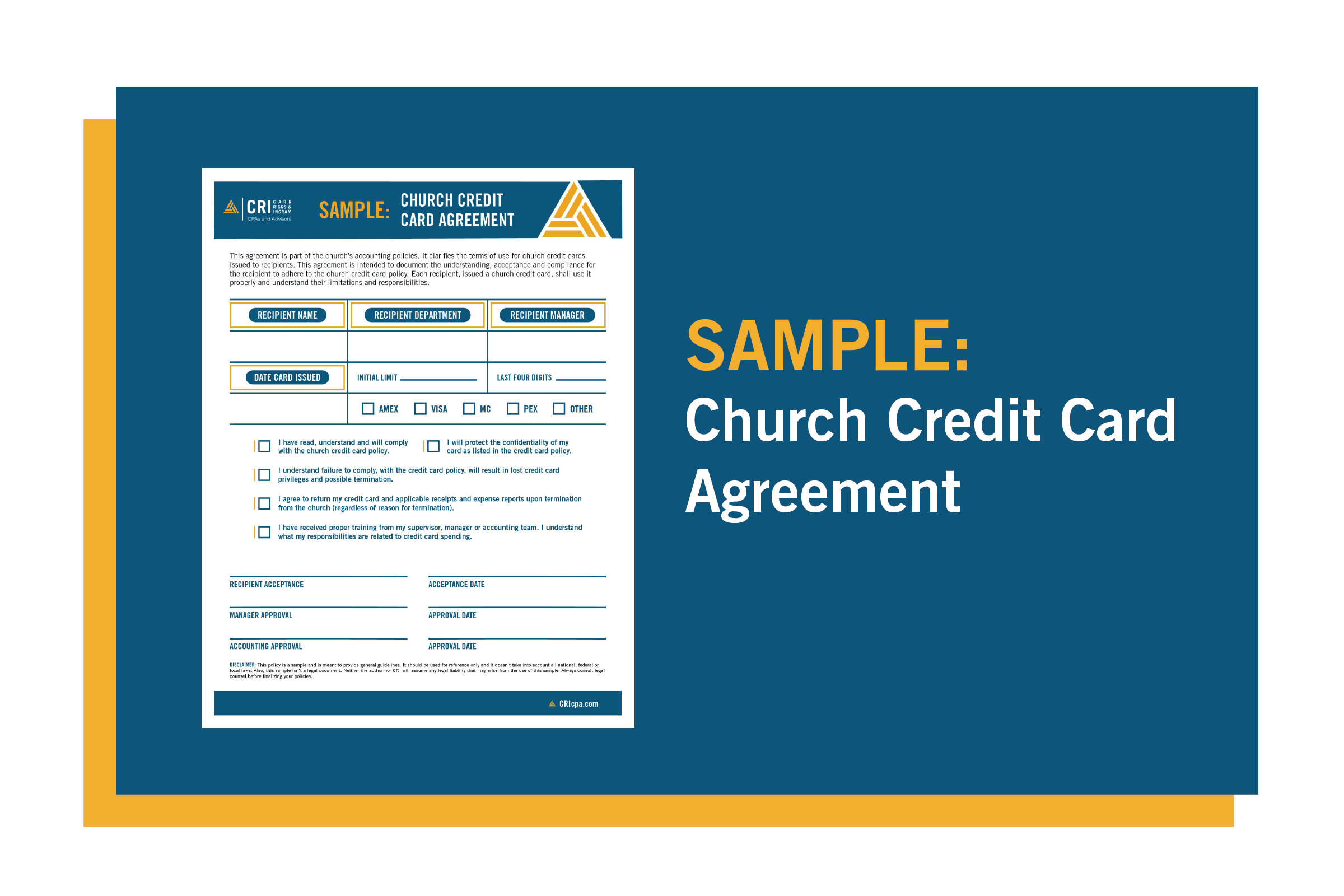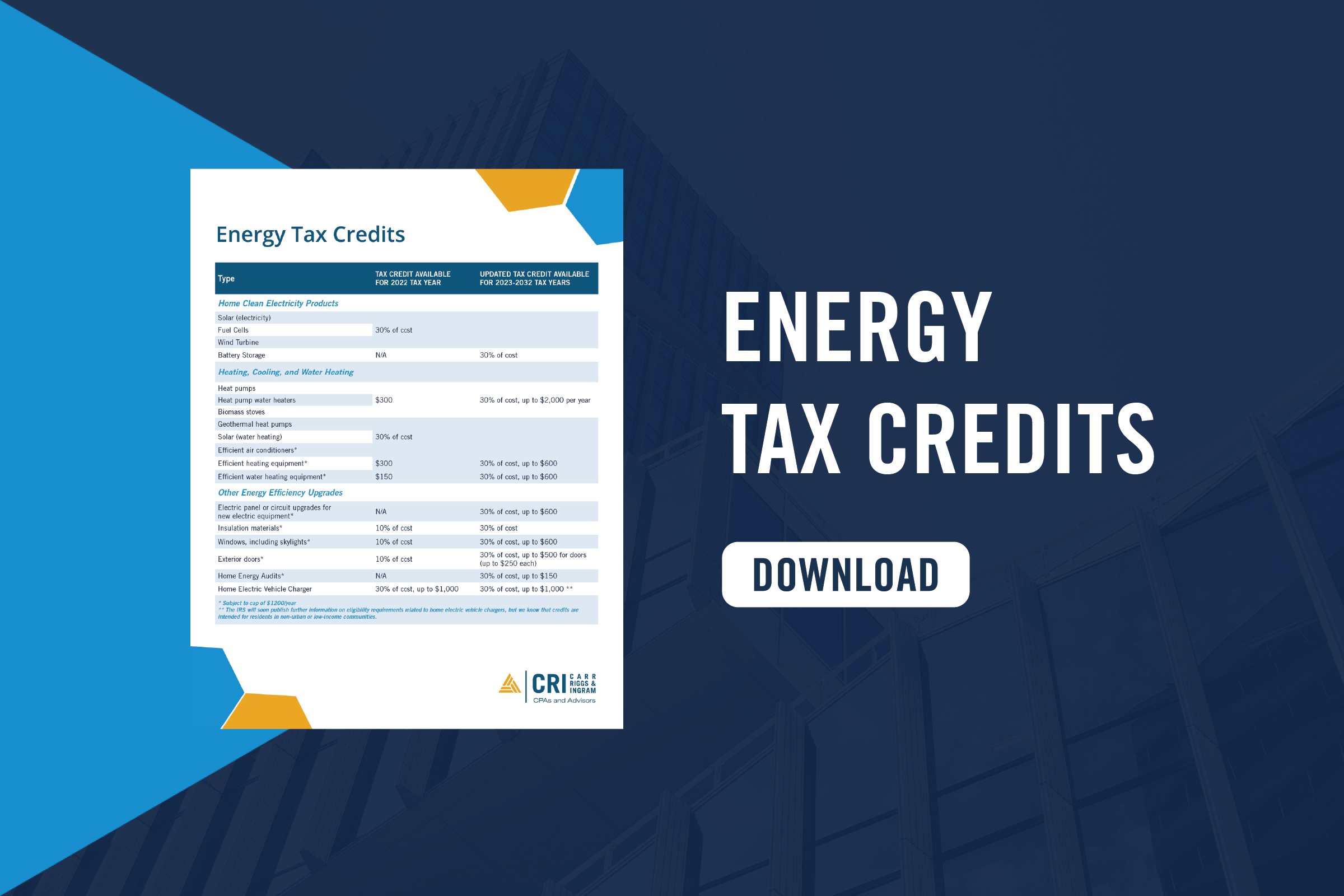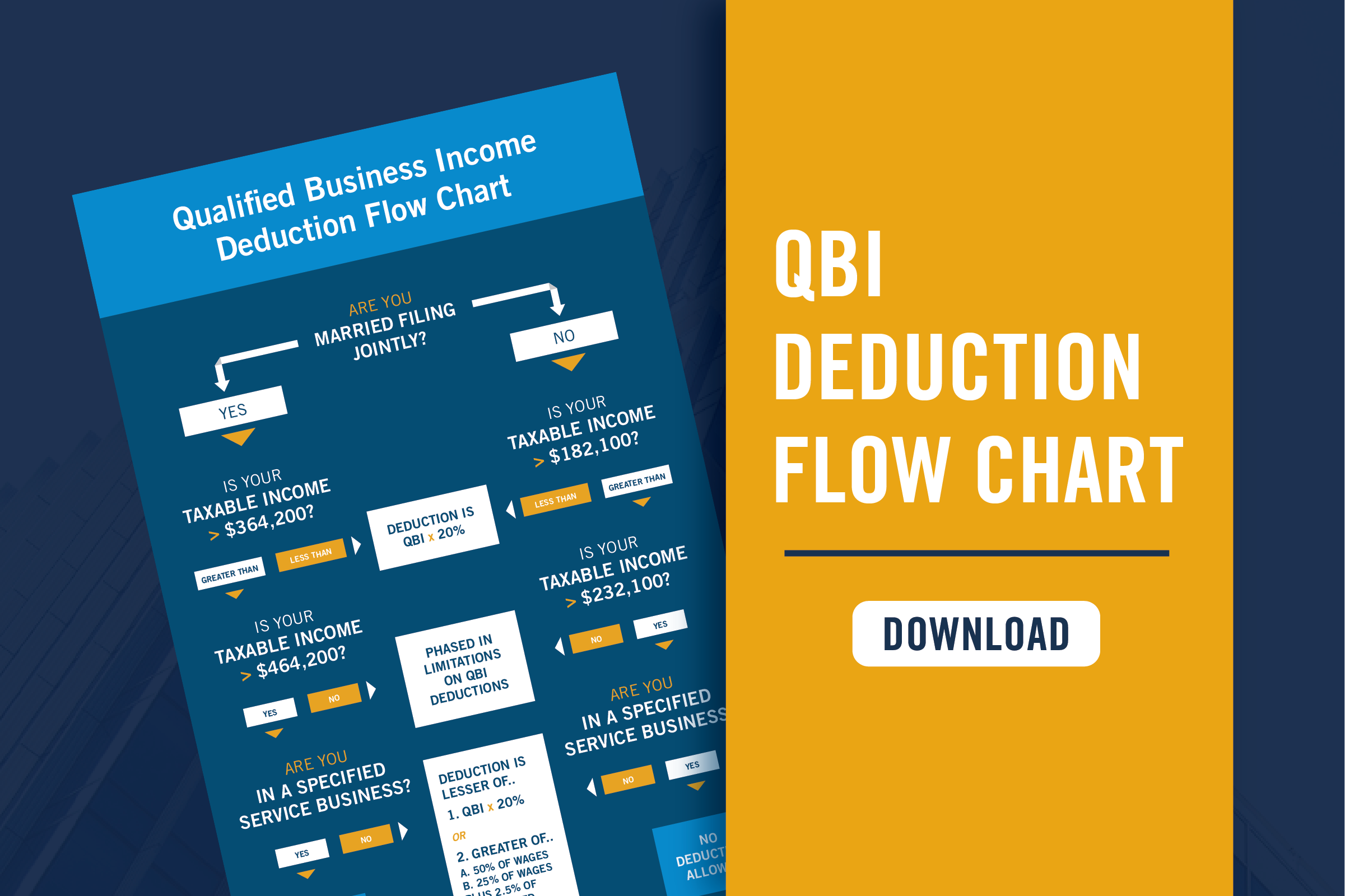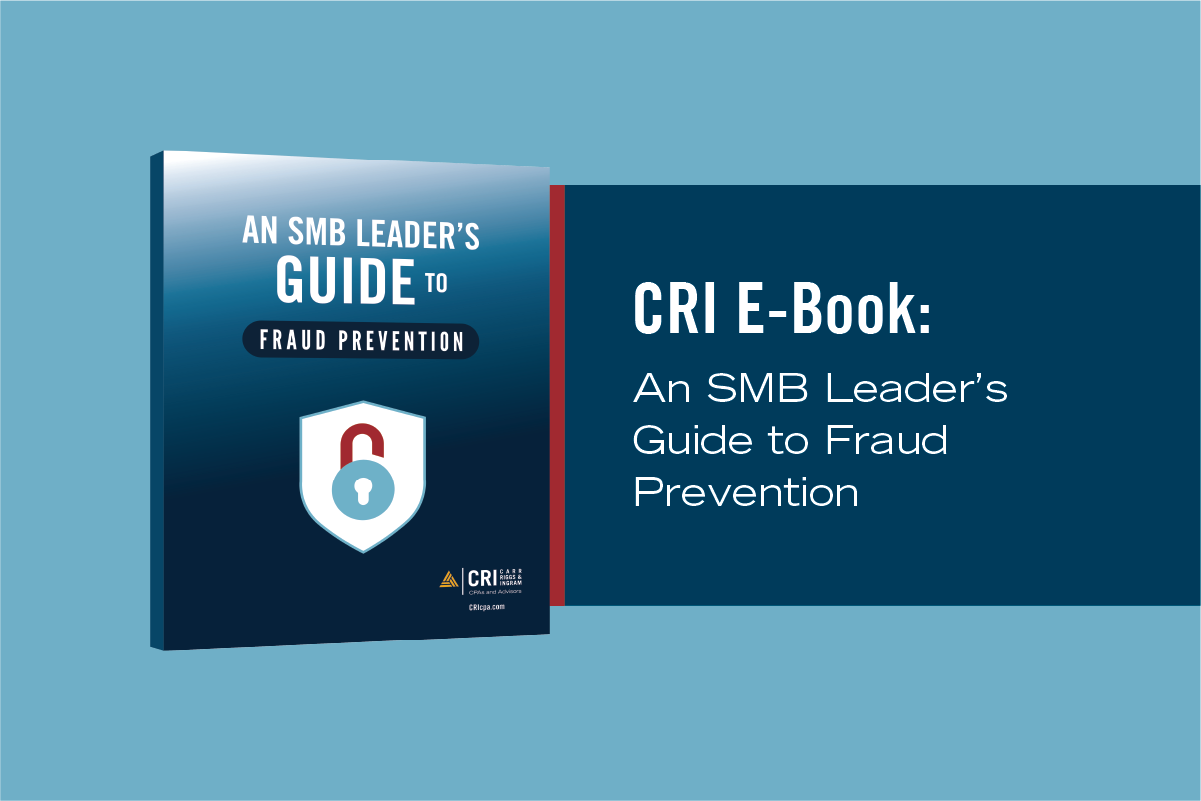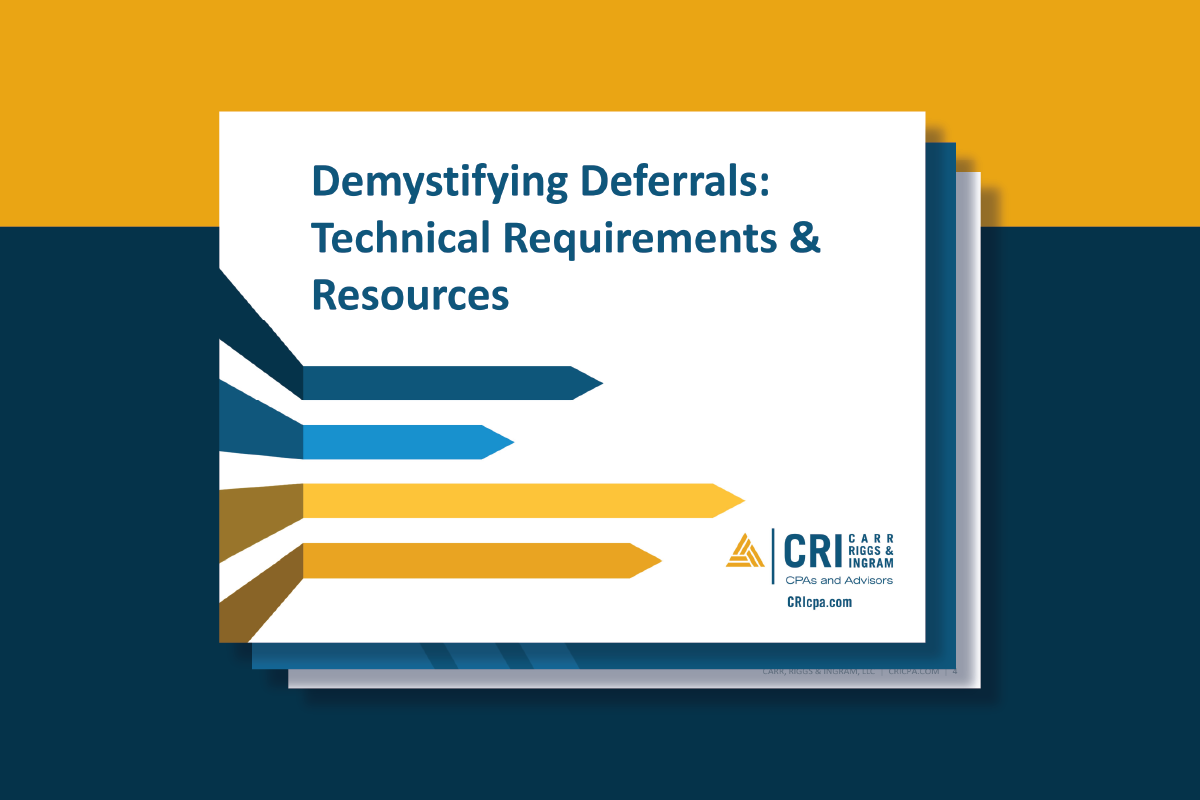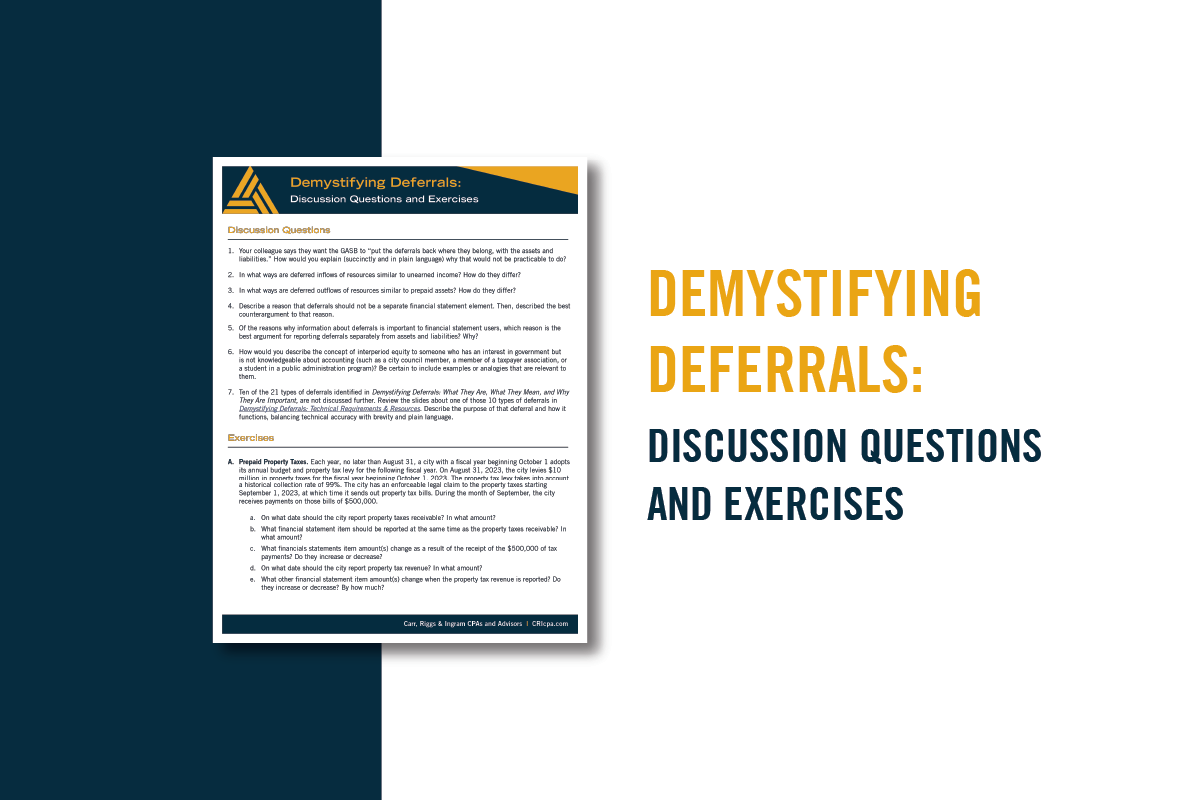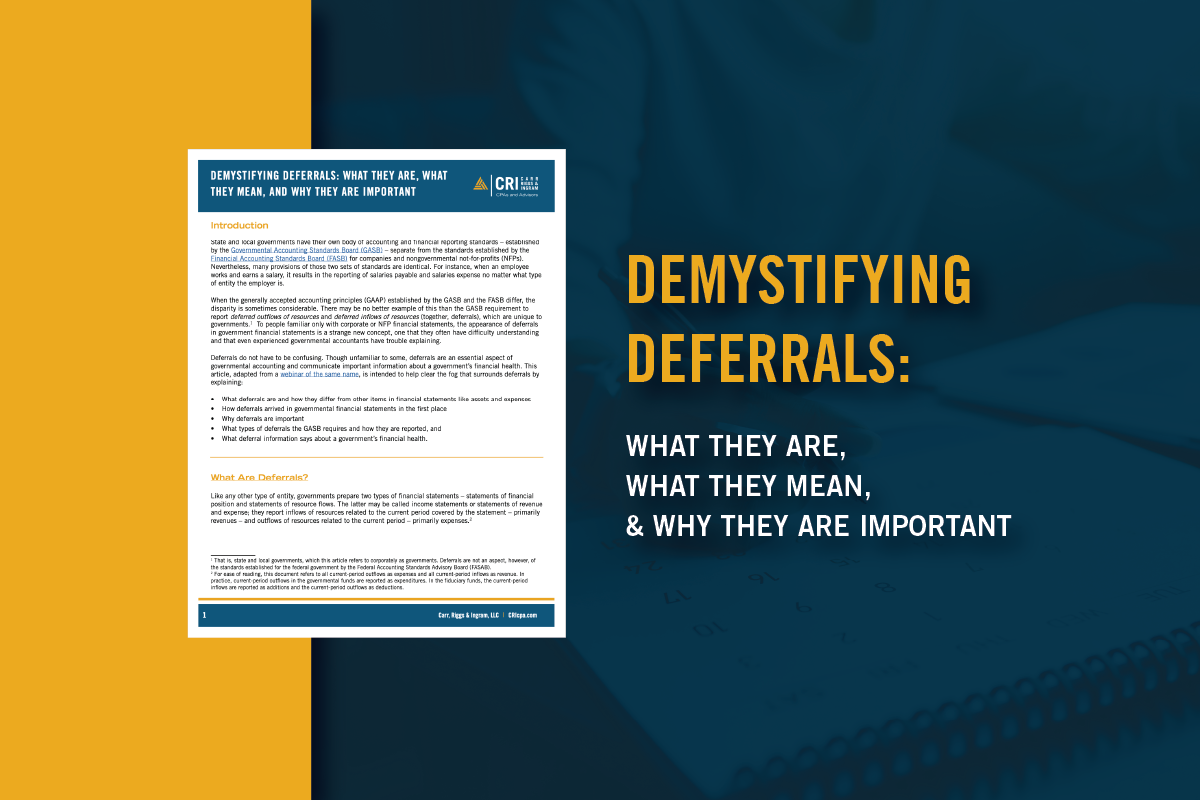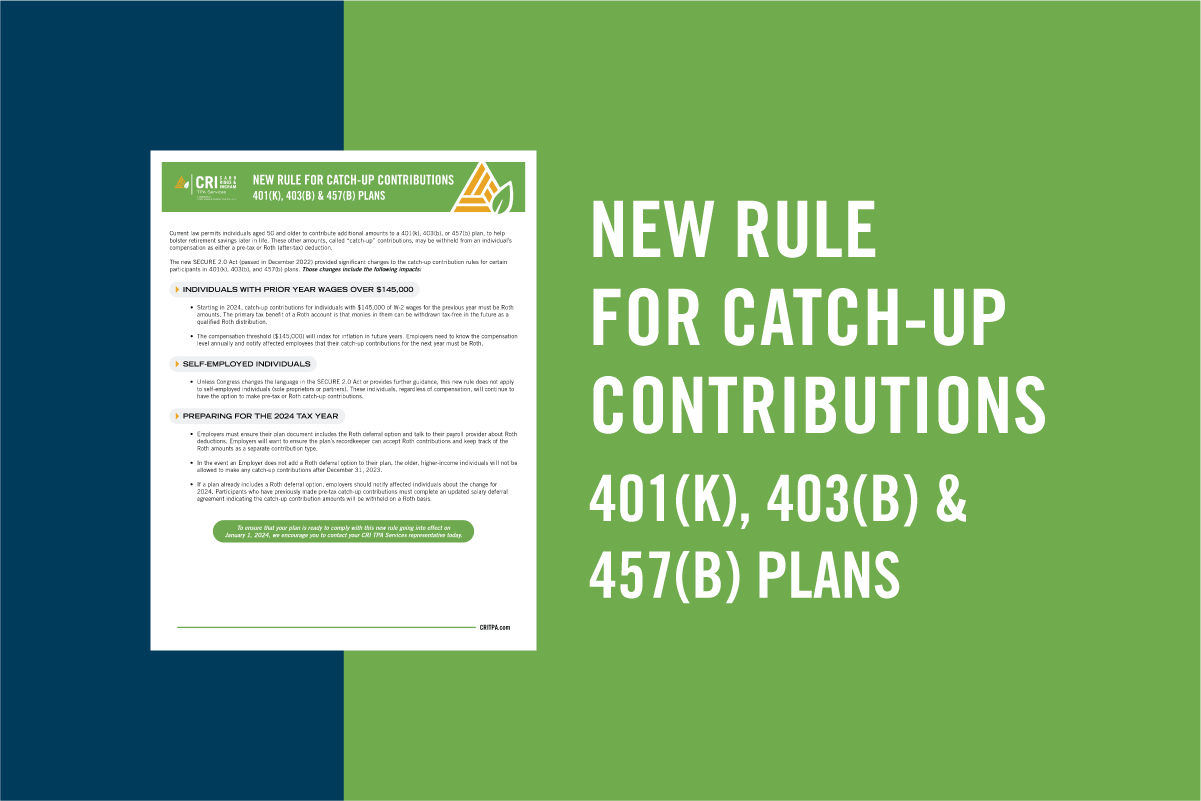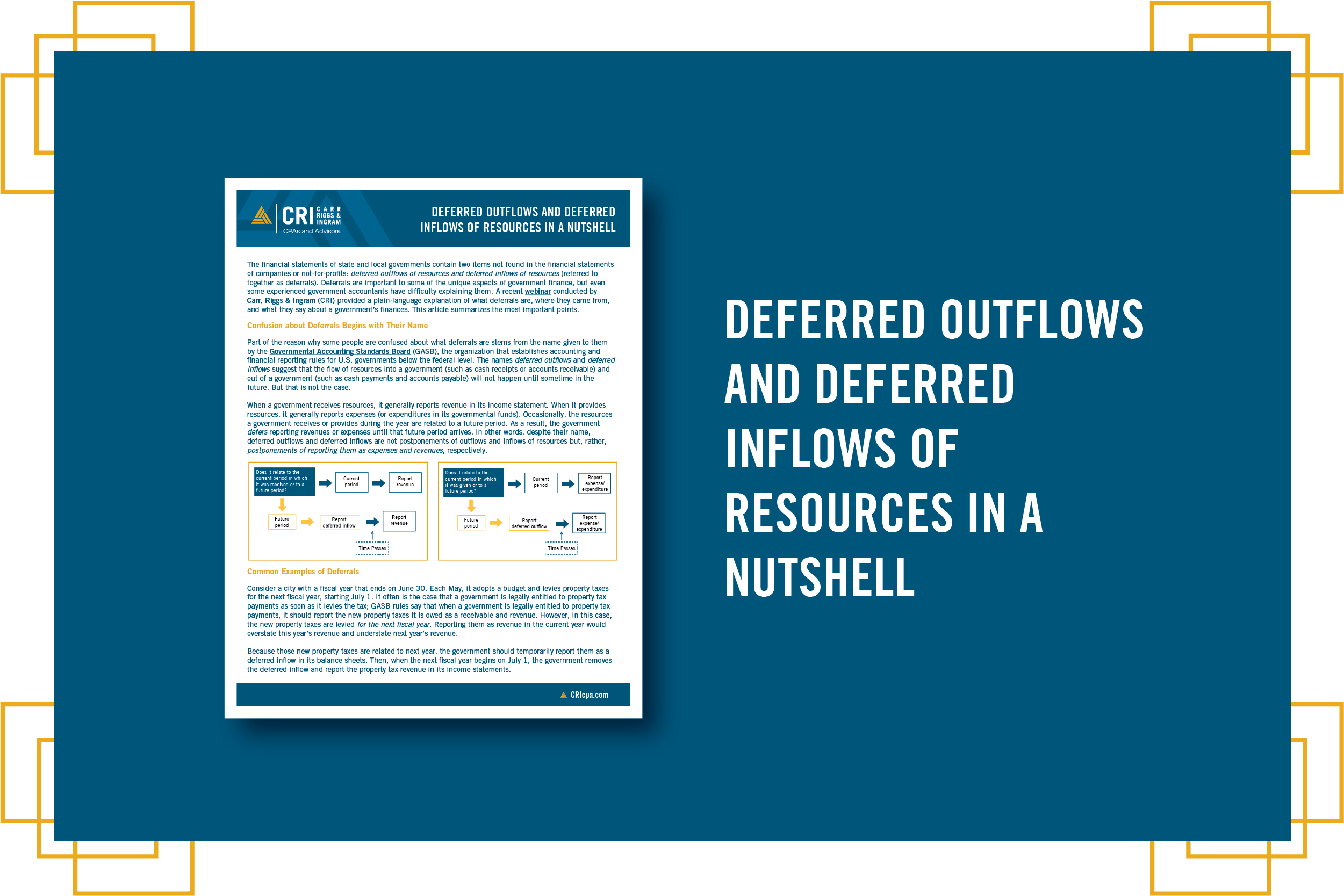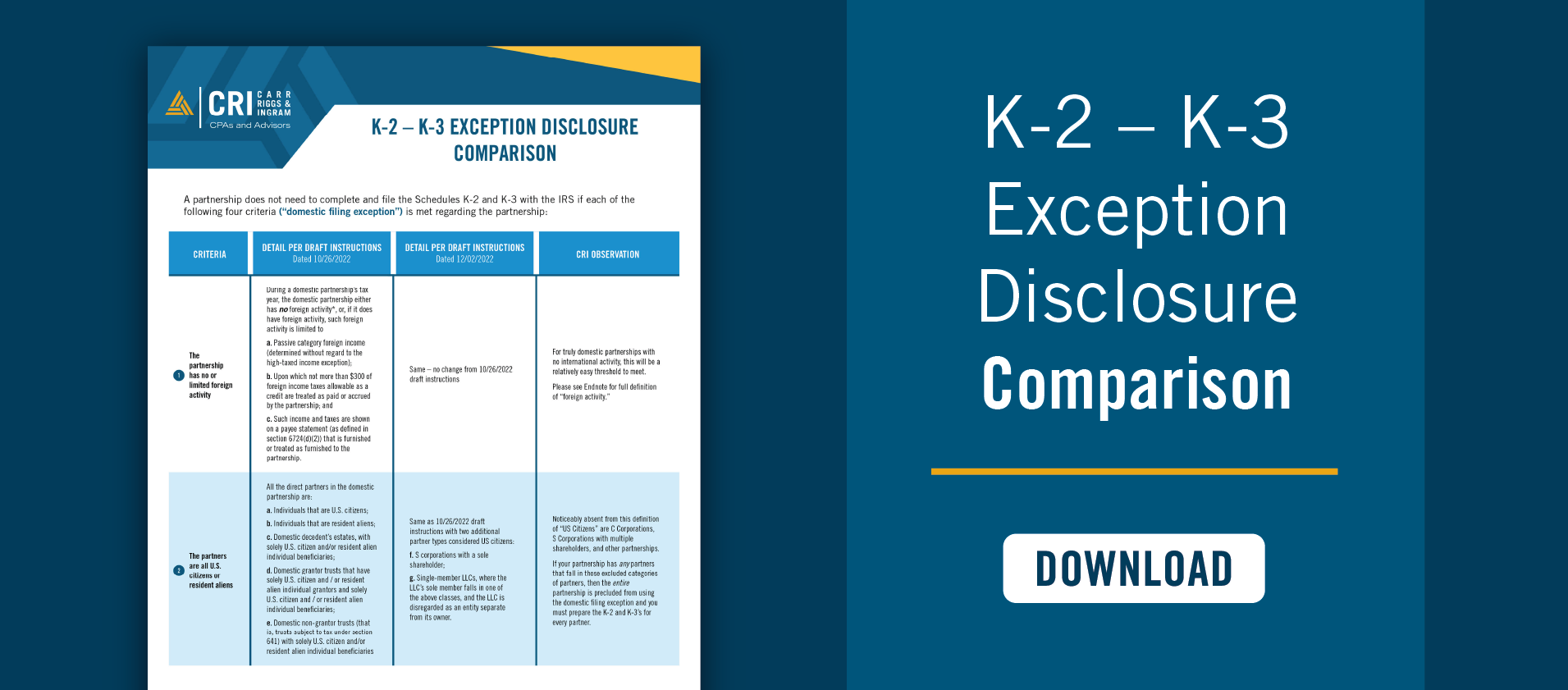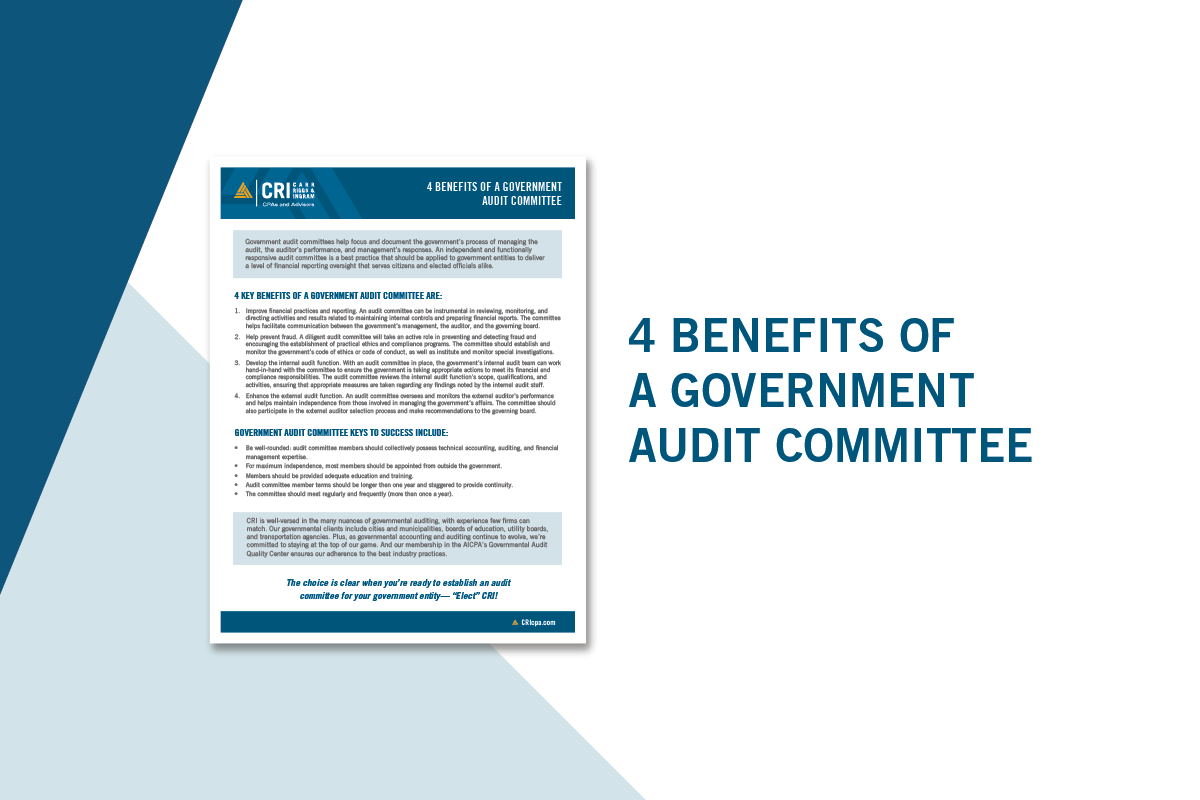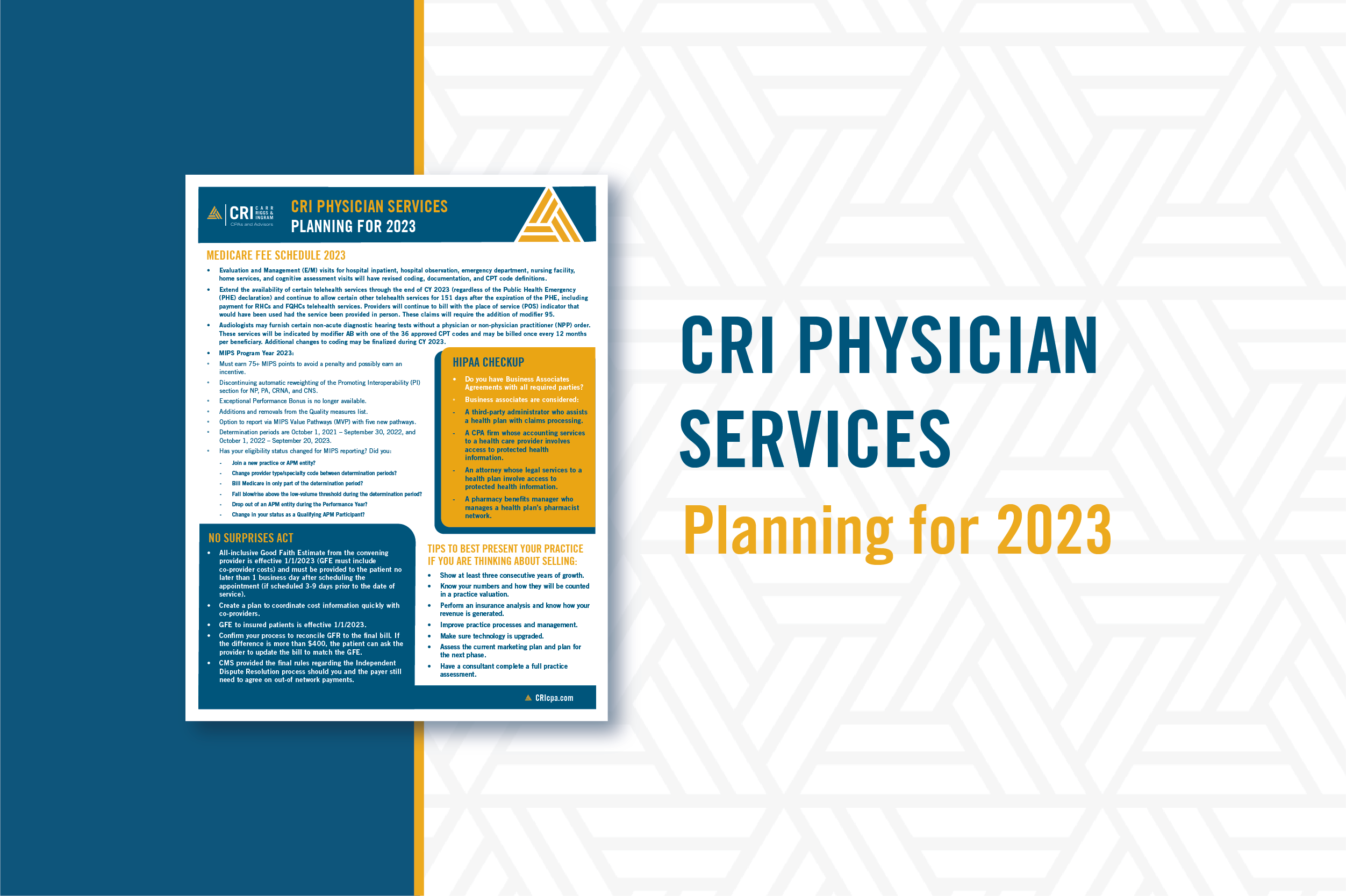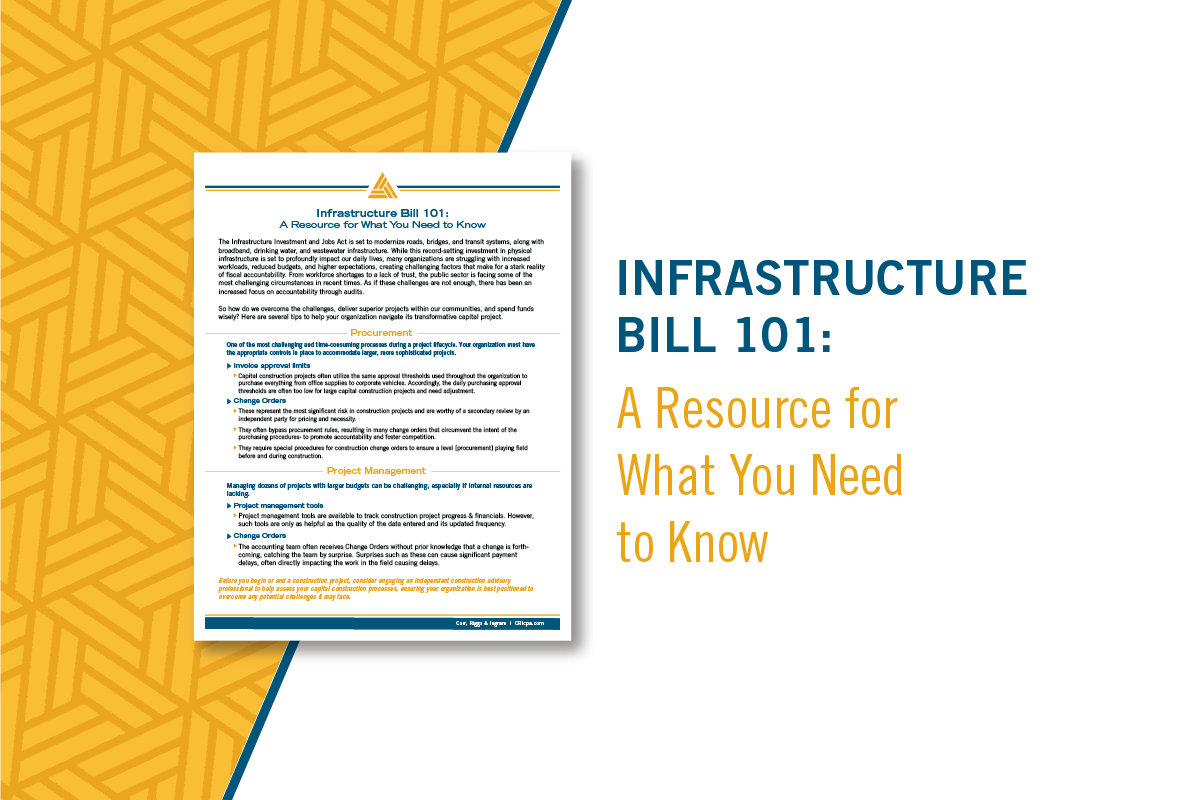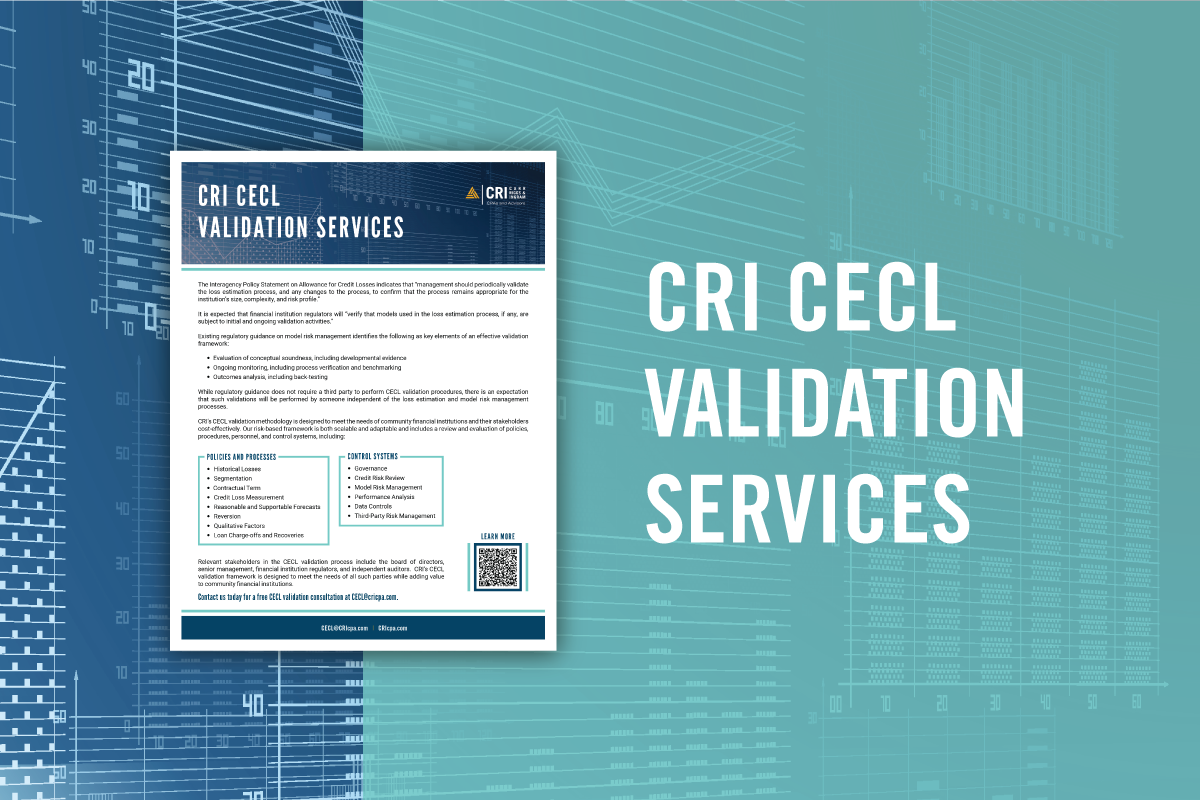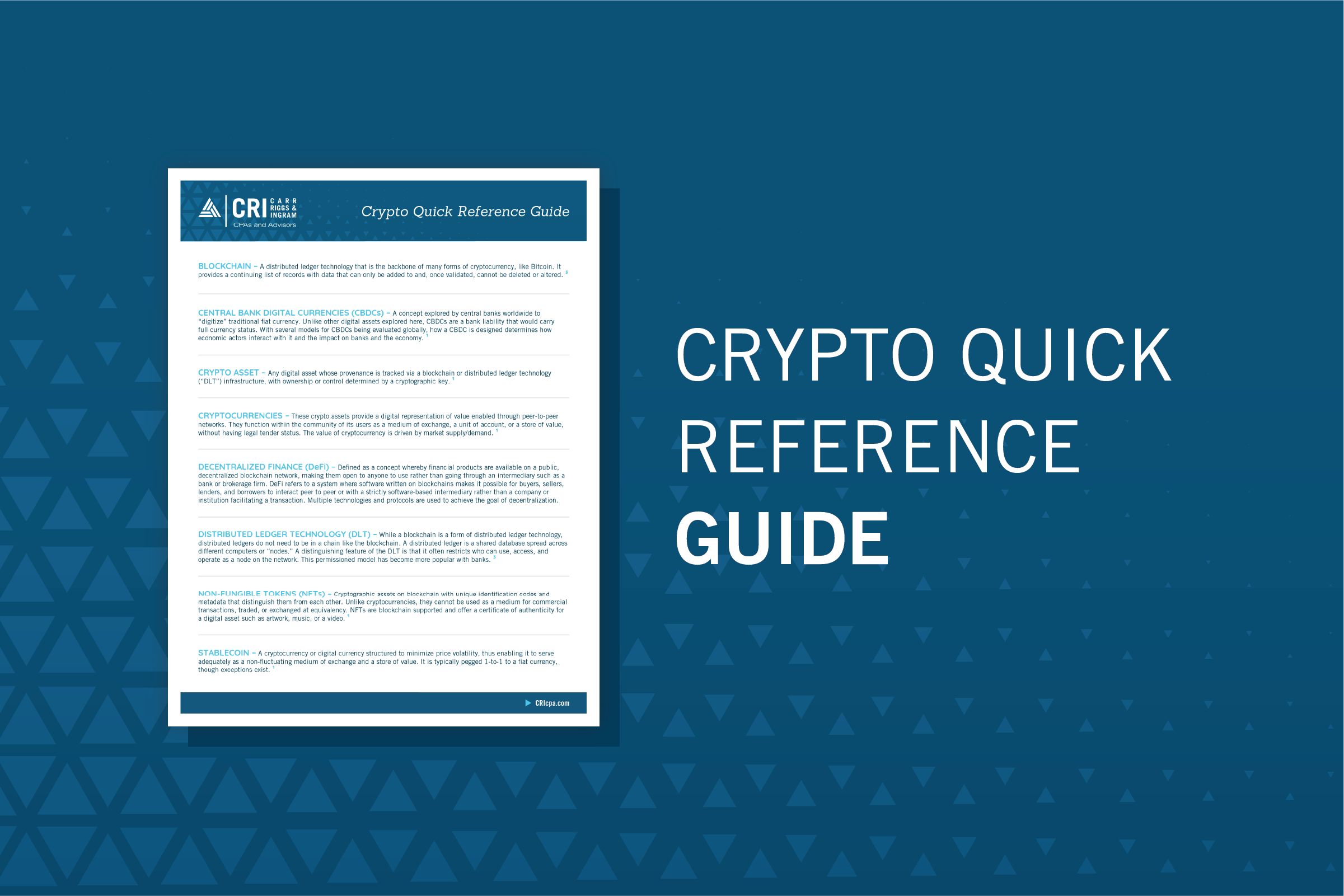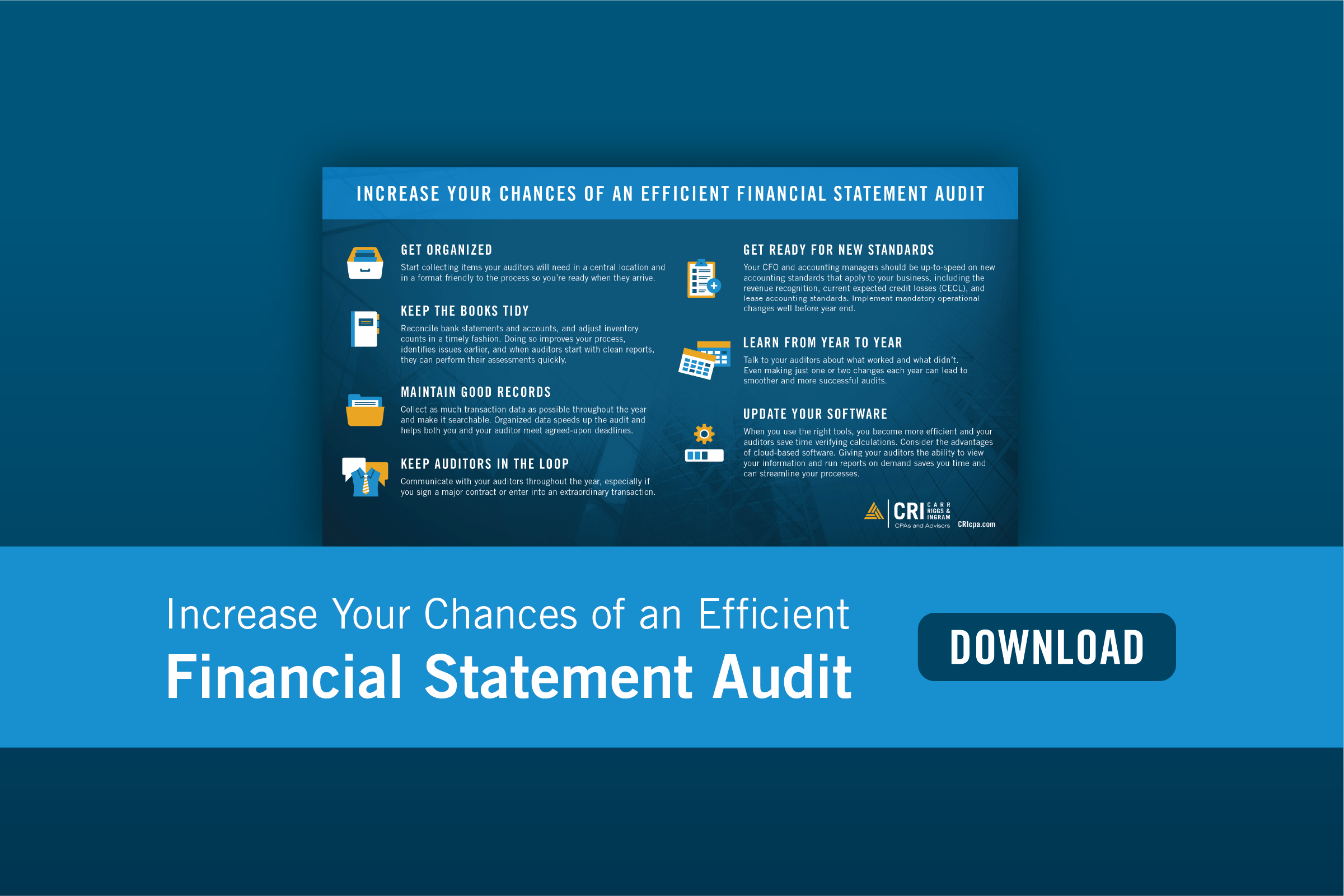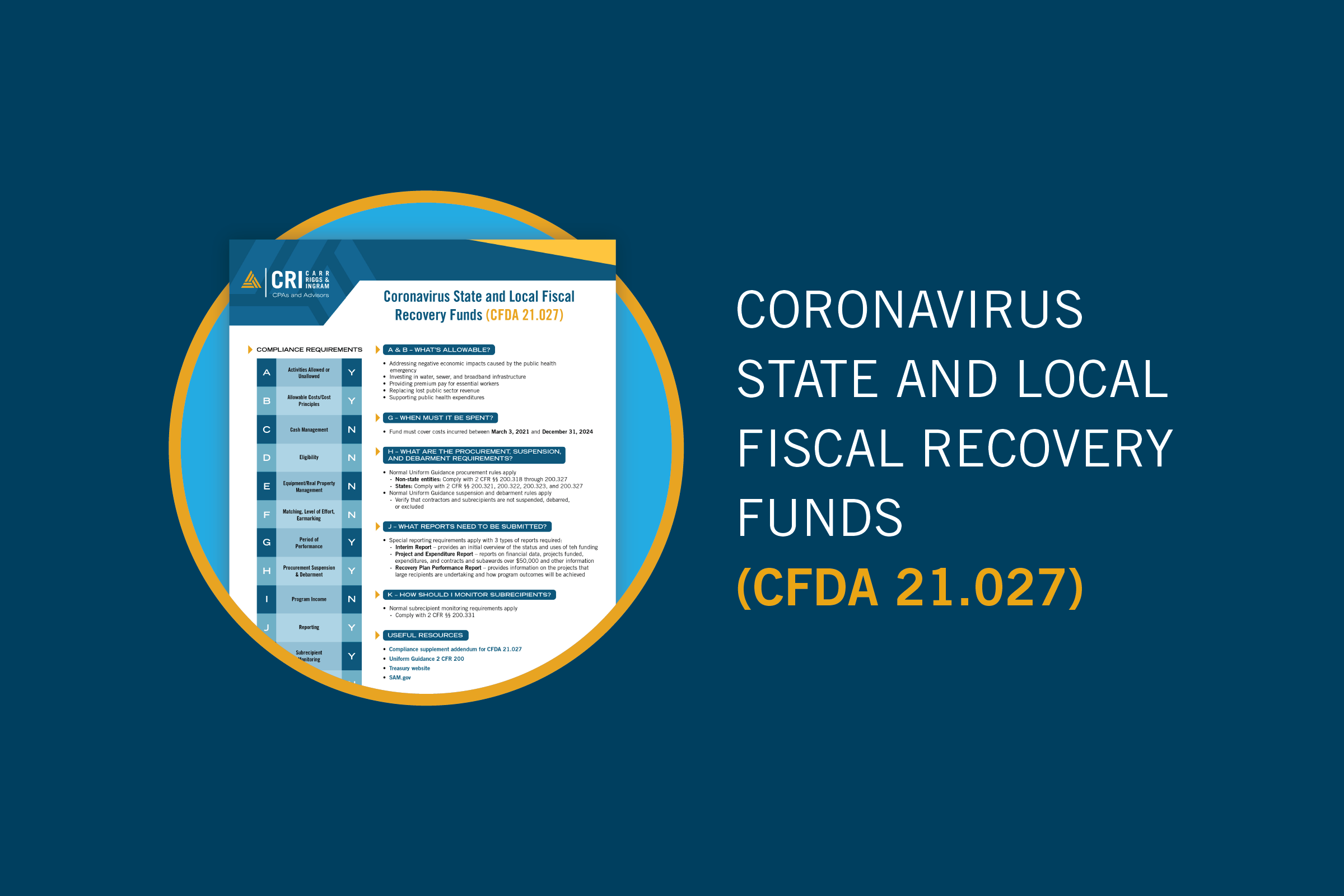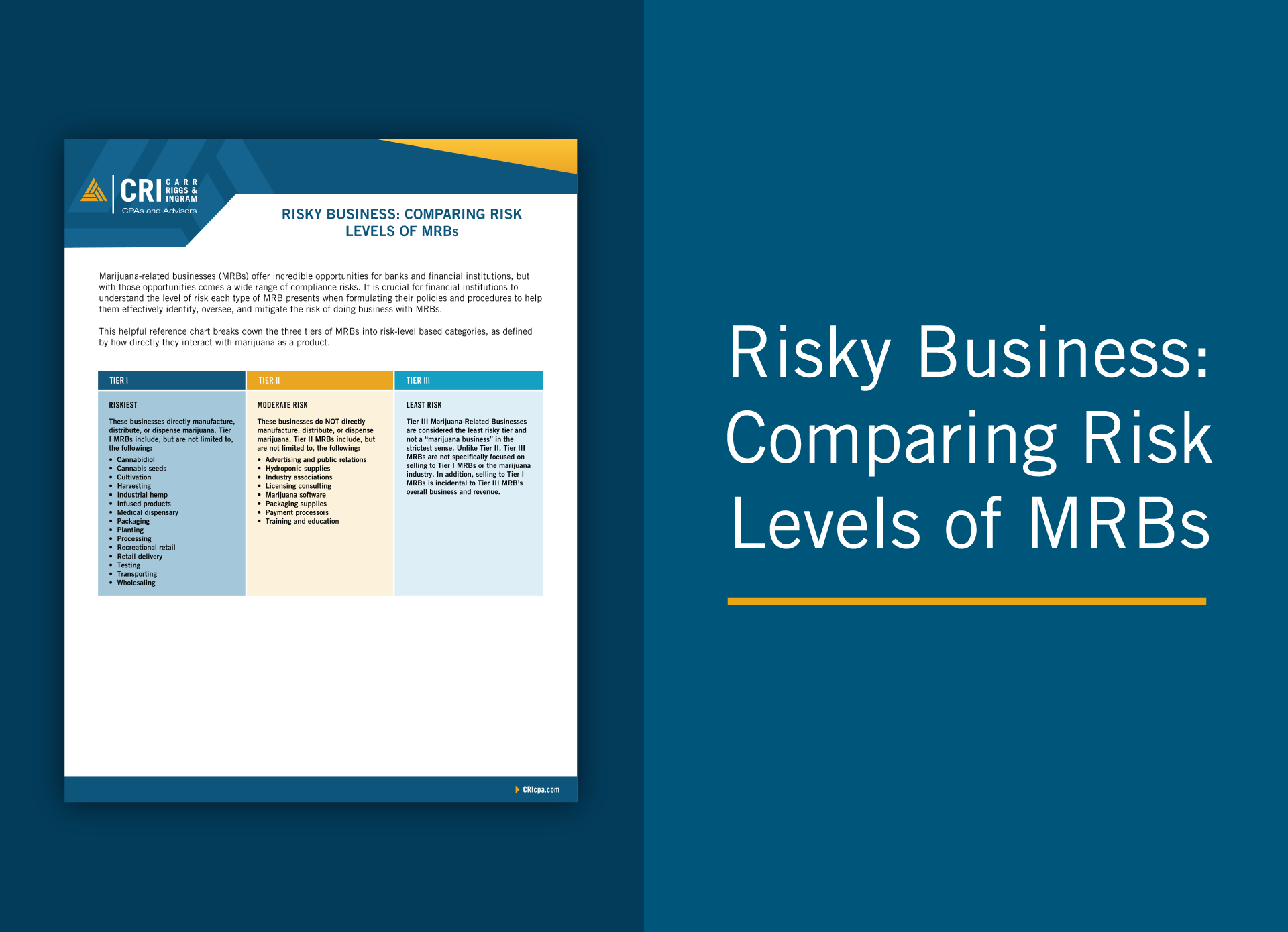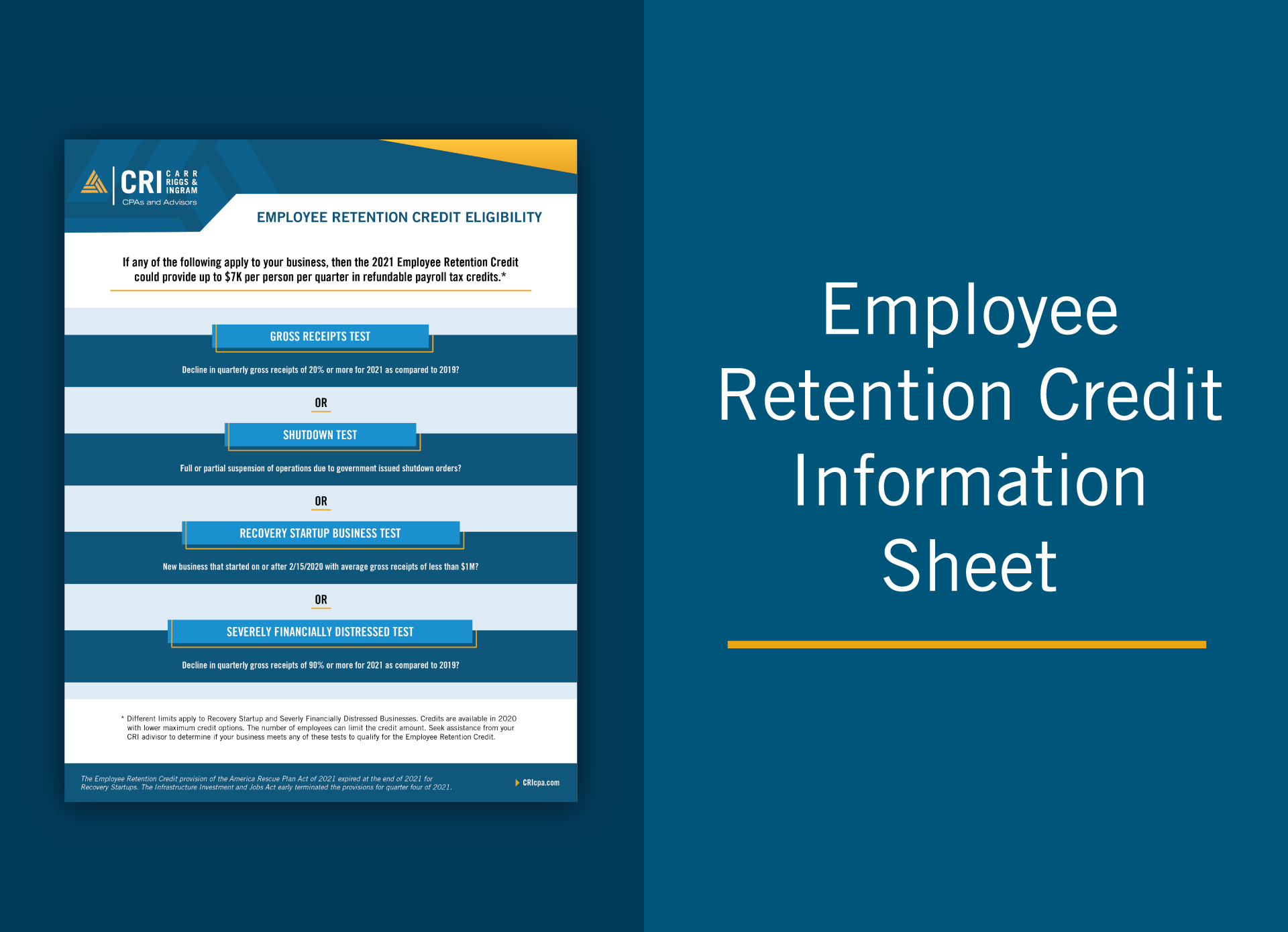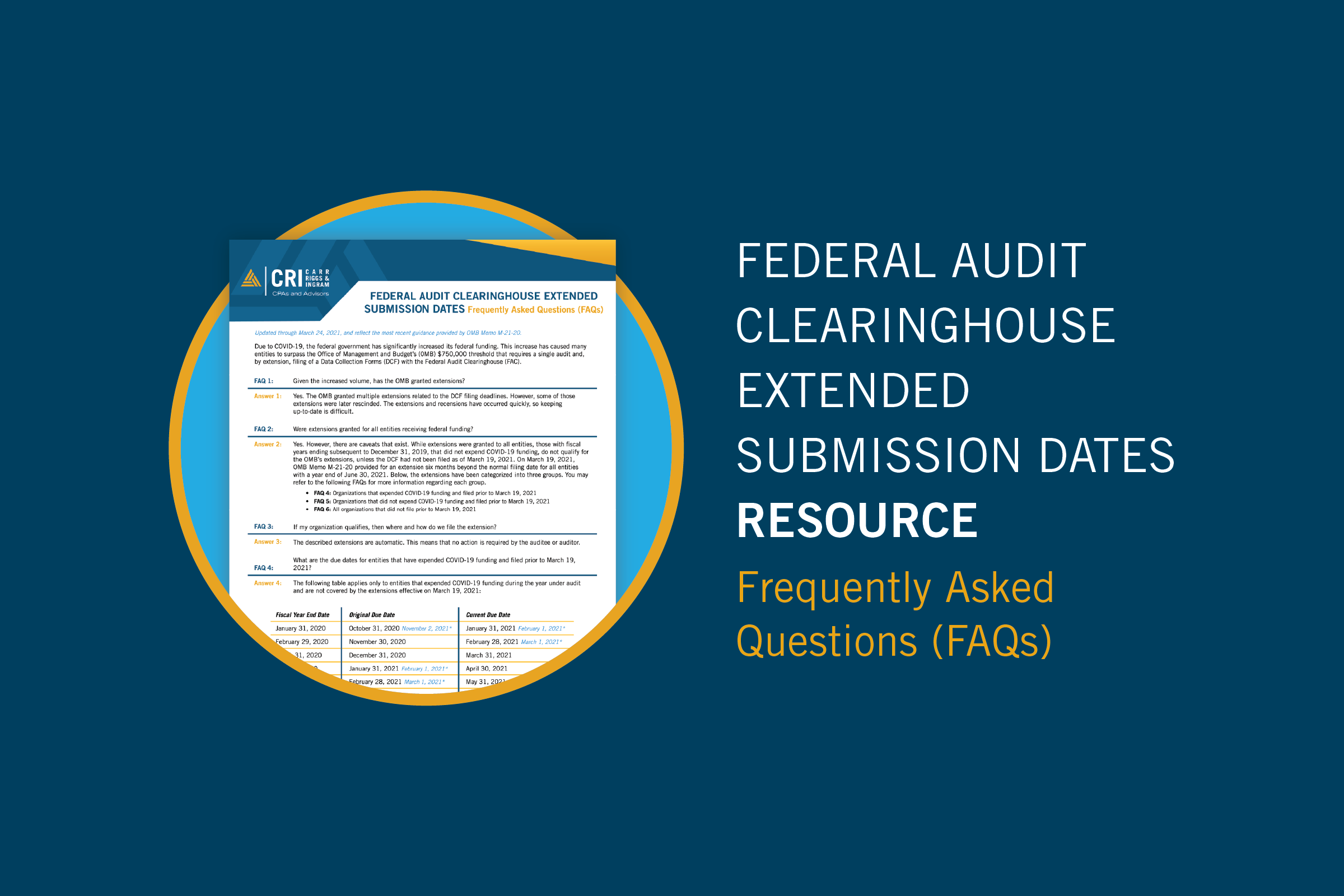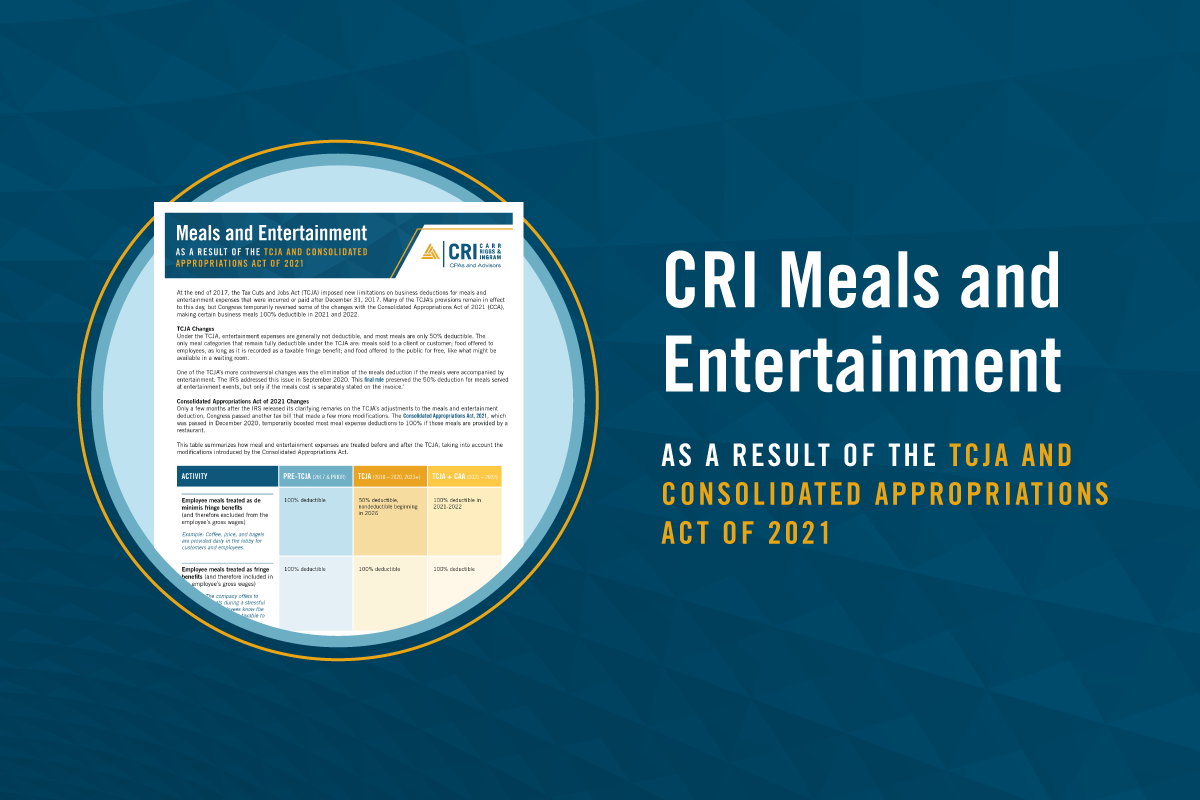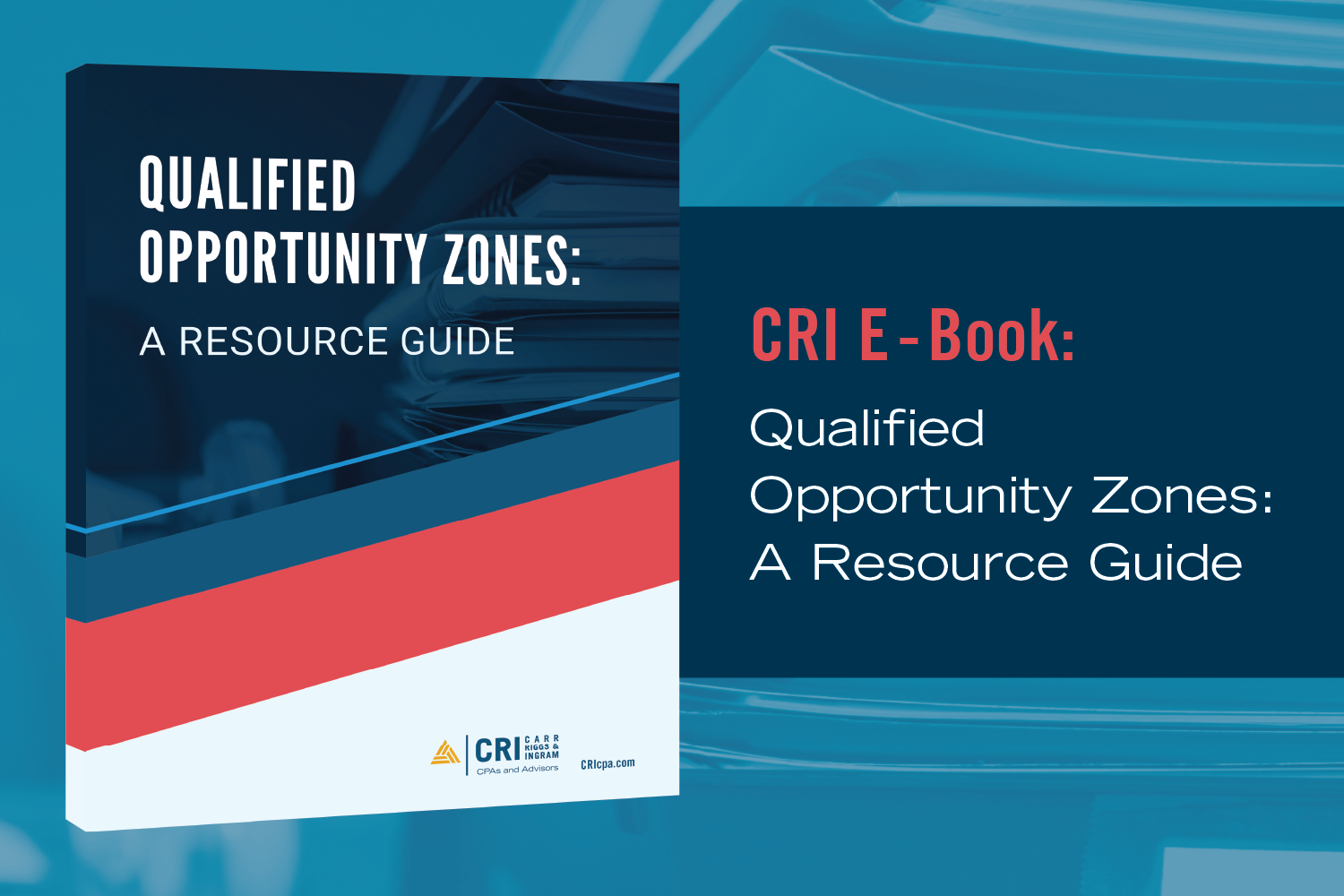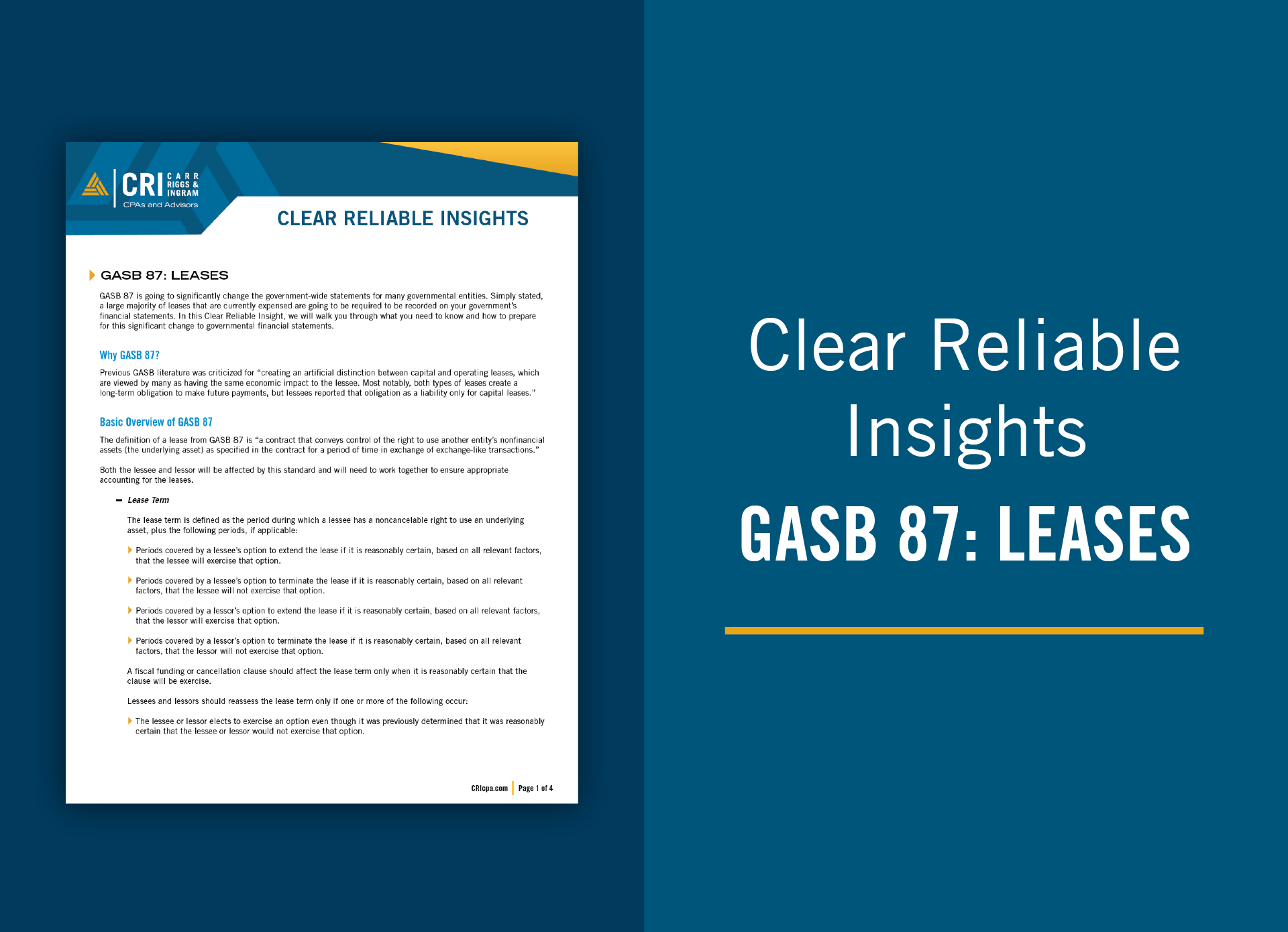Five Overlooked Tax Breaks for Contractors and Manufacturers
- Contributor
- Tom Carmichael, Jr.
Apr 14, 2021
The past few years have been full of changes for those in the manufacturing and construction sectors, but a few things held steady, even throughout the pandemic. The following five tax breaks are not new, but they can help manufacturers and contractors better manage fiscal uncertainties as they head further into the new tax year.
Cost Segregation Studies
Cost segregation studies can help businesses uncover deductions they didn’t even know were available. When a business purchases or constructs a building to use as business property, the cost of that asset will be depreciated over the next 39 years. Such a long recovery period is less than desirable, especially when funds are tight. Fortunately, with a cost segregation study, businesses may be able to reclassify some of their building costs into non-building components. If non-building components like improvements, equipment, or fixtures can be identified, those costs can be depreciated over a shorter period and may even be eligible for bonus depreciation. Being able to accelerate depreciation by a decade or two is likely worth significantly more than the cost of a study.
Research and Development Tax Credit
The research and development (R&D) tax credit is known by a few different names. The IRS officially calls it the Credit for Increasing Research Activities, but colloquially it is known as the R&D tax credit or the research and experimentation (R&E) tax credit. The R&D credit is easily overlooked because many assume it is reserved for businesses that create new products in a laboratory. This isn’t true. The R&D credit is available to taxpayers that develop, design, or improve products, processes, formulas, or software. To qualify for the credit, the business must meet certain gross receipts tests and be performing research activities that meet the following four criteria: Permitted purpose
- The research must be intended to make or improve a product or process that results in improved performance, function, reliability, composition, quality, or cost.
Technological in nature
- The research must rely on hard sciences like engineering, computer science, biology, chemistry, or physics.
Uncertainty
- The research must be seeking to resolve a technological uncertainty.
Process of experimentation
- The activity must include a process of experimentation to eliminate uncertainties, perhaps by using modeling, simulations, or trial and error.
The R&D credit can be taken against income tax, but if a business has no income tax to report, they can either carry their credit forward or see if they’re eligible to take the credit against payroll taxes.
Fuel Tax Credits
By default, the U.S. government taxes all sales of gasoline and diesel to fund highway maintenance programs. When businesses use this fuel in off-highway vehicles (like in many farming, manufacturing, and construction capacities), the tax shouldn’t apply. The Credit for Federal Tax Paid on Fuels helps businesses recoup these tax dollars. The IRS also offers tax credits that encourage businesses to use fuel from renewable sources (or fuel that has been mixed with fuel from renewable sources). Eligible alternative fuel sources are:
- Liquefied hydrogen
- Propane
- P-series fuel
- Liquid fuel derived from coal through the Fischer-Tropsch process
- Compressed or liquefied gas derived from biomass
- Biodiesel
These fuel tax credits are calculated at a rate of $0.50 to $1.00 per gallon of alternative fuel, and while nonrefundable for taxable entities, they are available to flow-through entities such as S corporations. They had expired at the end of 2017, but recent legislation restored them — at least temporarily. And thanks to an IRS notice published last year, taxpayers can claim credits from 2018 and 2019 without amending their tax returns. Because these credits’ expiration dates are approaching, manufacturers and construction companies should take advantage of them while they can.
Employment Tax Credits
There are a handful of employment tax credits that can help manufacturers and construction companies support their workforce.
- The Empowerment Zone Employment Credit is available to employers through the 2020 tax year. Employers can claim up to 20% of the first $15,000 of wages paid to each employee living and working within an empowerment zone. Current empowerment zones are listed here.
- The Work Opportunity Tax Credit is available through 2025 and rewards employers for hiring and retaining individuals who face barriers to employment, including ex-felons, food stamp recipients, and veterans. The credit is calculated based on employees’ wages and hours worked per year.
- The Indian Employment Credit is available to employers through the 2021 tax year. This credit gives employers a 20% credit of qualified wages (including health insurance costs) of an individual who is a registered member of a Native American tribe.
State Tax Incentives
State-specific tax credits and incentives are often underutilized, but they shouldn’t be. Though these credits cannot reduce a business’s federal income tax bill, they can reduce state tax liabilities. Each state’s tax credits are unique, but many offer incentives when businesses create new jobs. For example, Georgia’s Job Tax Credit rewards certain employers with a credit of up to $4,000 per year for five years for each new job created. States also incentivize businesses to perform certain activities. For instance, Georgia has a Personal Protection Equipment (PPE) Tax Credit Bonus that encourages businesses to manufacture or supply PPE, and an R&D tax credit that encourages businesses to spend money on innovation and prototyping. Manufacturers and construction companies should see if any incentives are available to them. They can look at their state’s Department of Revenue website to find a list of business tax incentives. These companies should also look at the incentives in surrounding states. If their business expands, they may be able to take advantage of tax credits that reward relocation or business expansion.
Don’t Leave Tax Dollars on the Table
A top concern for businesses is always to reduce tax liabilities and increase cash reserves. Tax breaks like these can make a big difference. If you’re curious about whether any of these tax credits and incentives apply to your manufacturing or construction business, reach out to your CRI advisor today.

